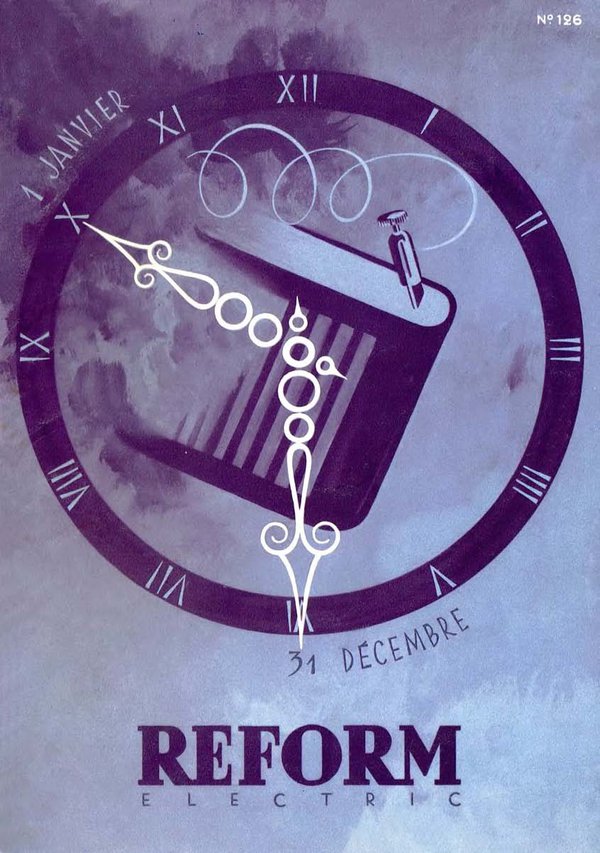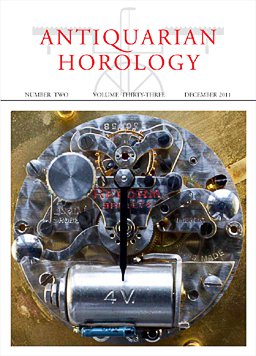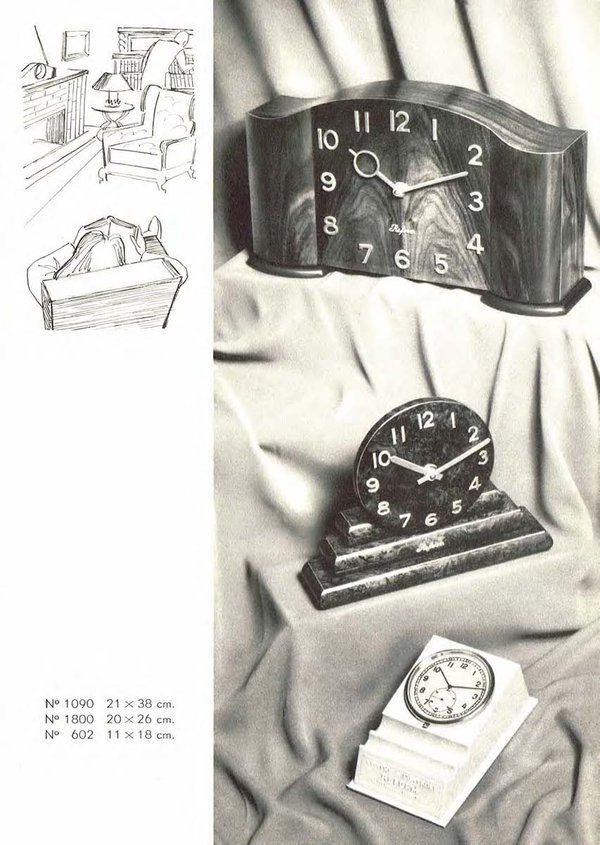There’s never been a better time for reform!
This post was written by James Nye
A gauntlet has been laid down. Across Europe, thoughtful people are busy working up ingenious ideas for a competition devised over an extraordinary April weekend in southern Germany.
Each year, several dozen of the electro-horo-cognoscenti gather in Mannheim-Seckenheim for an event organised by Till Lottermann and Dr Thomas Schraven.
The fifteenth of these gatherings—a combination of market, lectures and much eating, drinking and good conversation—saw a new visitor who brought many interesting items, not least several hundred new-old-stock Reform movements, tissue-wrapped and boxed.


Alert readers will recall an Antiquarian Horology cover featuring a classic example of the Reform calibre 5000 movement, and a fascinating accompanying article.
As David Read comments, these Schild movements are ‘without doubt the best known and most commercially successful of all the many varieties of electrically-rewound clock movements’ from the 1920s onwards. The calibre 5000 is a lovely object, jewelled, with damascened plates, and micrometer regulation.


Nye’s theorem proposes that hi=as*bc/ebw where hi stands for horological inventiveness, as represents afternoon hours of sunshine, bc denotes beers consumed and ebw stands for evening bottles of wine.
With a lively group, talk over two sunny days and late evenings turned to possible creative uses for virgin Reform movements.
Given their looks, the mechanism must remain visible, but the motion work is to the (unremarkable) reverse. This led to discussions of projection clocks, or elaborate gearing to present time in the same plane as the movement, but to one side.
There was even intriguing talk of a large scale tourbillon. More detail than this presently remains closely held, but a competition to determine the best use was announced, to be decided in Mannheim in April 2015.
Reform is the order of the day.
